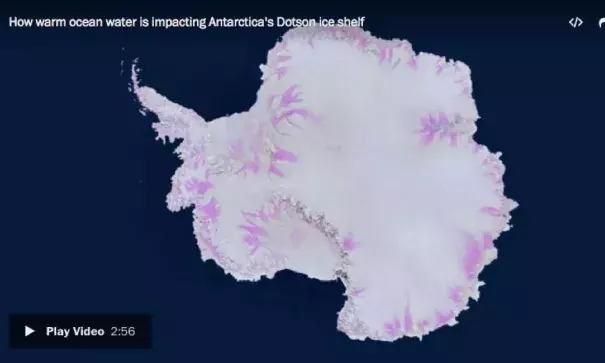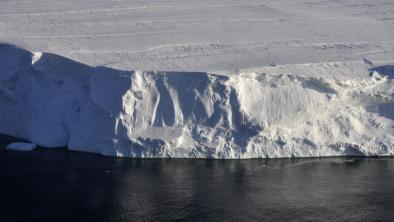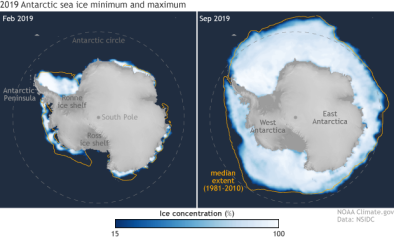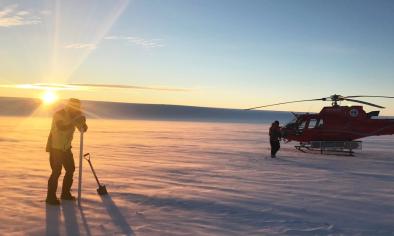Worrying new research finds that the ocean is cutting through a key Antarctic ice shelf

A new scientific study published Tuesday has found that warm ocean water is carving an enormous channel into the underside of one of the key floating ice shelves of West Antarctica, the most vulnerable sector of the enormous ice continent.
The Dotson ice shelf, which holds back two separate large glaciers, is about 1,350 square miles in area and between 1,000 and 1,600 feet thick. But on its western side, it is now only about half that thickness, said Noel Gourmelen, a researcher at the University of Edinburgh in Scotland and the lead author of the research, which was just published in Geophysical Research Letters.
The reason is the same one that is believed to be shrinking glaciers and pouring ice into the ocean across West Antarctica — warm ocean water located offshore is now reaching the ice from below.
In Dotson’s case, it appears the water is first flowing into the deep cavity beneath the shelf far below it, but then being turned by the Earth’s rotation and streaming upward toward the floating ice as it mixes with buoyant meltwater. The result is that the warm water continually melts one part of the shelf in particular, creating the channel.
“We think that this channel is actually being carved for the last 25 years,” said Gourmelen, whose research team detected the channel using satellite observations. “It’s been thinning and melting at the base for at least 25 years, and that’s where we are now.”
Related Content





